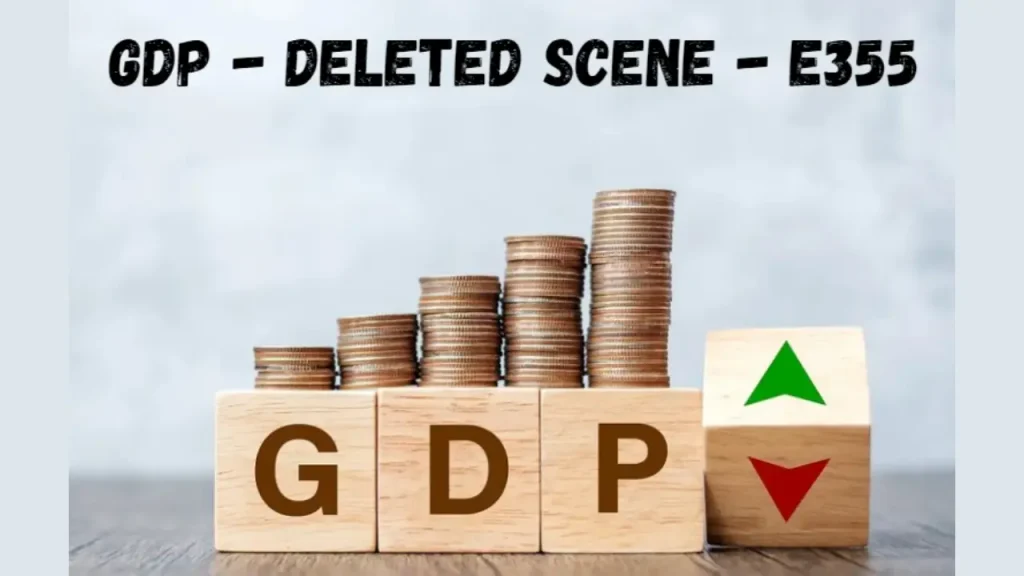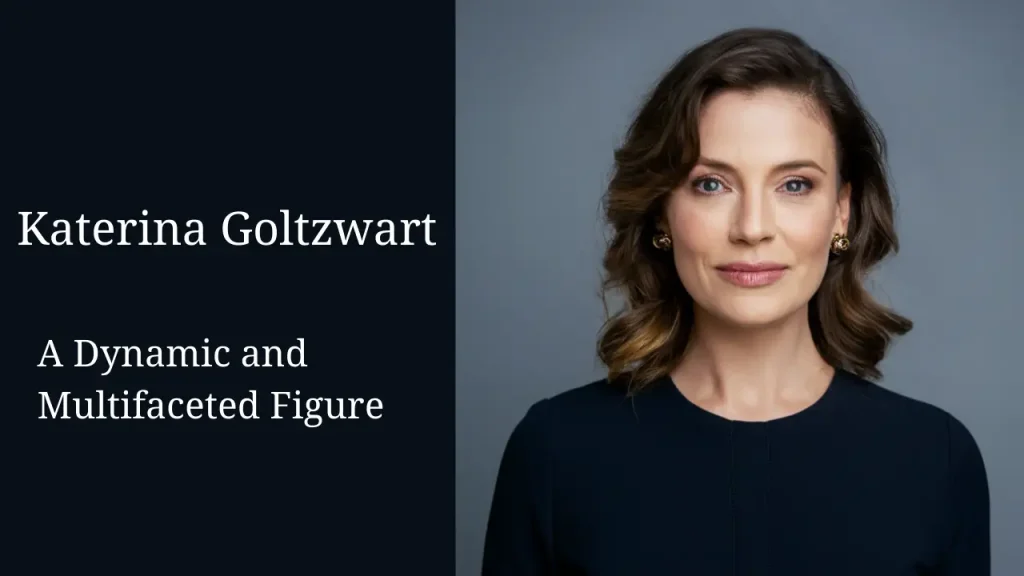
GDP – Deleted Scene – E355, Gross Domestic Product (GDP) is a crucial economic metric that measures the total value of all goods and services produced within a country over a specific period.
As of 2023, the global GDP was approximately $103 trillion, reflecting the vast scale of economic activity worldwide. GDP is used to gauge the overall health of an economy and its capacity to produce goods and services.
The “GDP – Deleted Scene – E355” is a noteworthy segment from a broader discussion on GDP that was removed before the final publication or broadcast.
This scene could have provided additional insights into GDP’s complexities, potentially revealing nuances that might have been overlooked in the final presentation.
By analyzing this deleted scene, we can explore what was initially considered important about GDP and why it was eventually excluded.
This examination helps us understand both the scene’s significance and the broader implications for how GDP is discussed and presented.
Understanding GDP
Definition of GDP: Gross Domestic Product (GDP) represents the total economic output of a country. It is calculated using three primary approaches:
Production Approach: Measures the total value added at each stage of production.
Income Approach: Adds up all incomes earned by factors of production, including wages, profits, and taxes less subsidies.
Expenditure Approach: Sums up all expenditures on final goods and services, with the global expenditure approach in 2023 totaling approximately $107 trillion.
Different Types of GDP
Nominal GDP: Represents the market value of all finished goods and services produced within a country in a specific period, using current prices. For example, the nominal GDP of the United States in 2023 was around $26.7 trillion.
Real GDP: Adjusted for inflation to reflect changes in real output. The real GDP of China in 2023 was approximately $18 trillion.
PPP (Purchasing Power Parity): Adjusts GDP for differences in price levels between countries. The global GDP at PPP was about $141 trillion in 2023.
Components of GDP
- Consumption: The total value of goods and services consumed by households, which accounted for about 68% of GDP in the United States in 2023.
- Investment: Spending on capital goods that will be used for future production, contributing roughly 20% to the GDP.
- Government Spending: Expenditures by the government on goods and services, which made up around 12% of GDP in 2023.
- Net Exports: Exports minus imports, with the global net exports contributing approximately -2% to GDP in 2023.
Importance of GDP: GDP is a key economic indicator that provides insights into:
- Economic Health: A growing GDP indicates economic expansion, while a shrinking GDP suggests economic contraction. For instance, the global GDP growth rate was 3.2% in 2023.
- Policy-Making: Governments use GDP data to shape fiscal and monetary policies. The U.S. Federal Reserve adjusts interest rates based on GDP growth.
- Economic Planning: Businesses and investors use GDP trends to make informed decisions. For example, a 5% increase in GDP often leads to higher investment in capital markets.
Deleted Scene – E355: Background
Origin of the Scene
The “Deleted Scene – E355” refers to a segment from a larger discussion or presentation on GDP that was removed before final publication. This scene was initially intended to add depth to the understanding of GDP but was ultimately excluded.
Contextual Background of the Scene
In economic discussions or media presentations, deleted scenes often contain supplementary information or alternative viewpoints. The scene might have explored aspects such as:
Sector-Specific Impacts: How different sectors contribute to GDP.
Regional Variations: Differences in GDP across various regions or states.
Relevance to GDP
The deleted scene could have offered insights into GDP by:
Exploring Unseen Factors: Highlighting elements that might have been overlooked.
Providing Additional Data: Offering more comprehensive data or case studies that were not included in the final version.
Key Highlights of the Scene
Description of the Content
The deleted scene likely featured discussions on specific GDP components, such as:
Sectoral Contributions: Analysis of how sectors like technology or manufacturing impact GDP. For example, the technology sector contributed approximately 9% to the U.S. GDP in 2023.
Regional Disparities: Examination of how GDP varies across regions, with the Northeast contributing about 20% of U.S. GDP.
Impact on Understanding GDP
The scene might have contributed to a deeper understanding of GDP by:
Introducing Alternative Perspectives: Presenting viewpoints that challenge conventional interpretations.
Highlighting Detailed Data: Providing more granular data on GDP components and their effects.
Missing Information from Previous Article
In-depth Analysis: The previous article might have missed details such as:
Sector-Specific Impacts: Information on how specific sectors contribute to GDP.
Regional GDP Variations: Data on regional variations within a country or globally.
Historical Context: Historical data showing long-term trends in GDP.
Explanation of Why This Information Is Crucial: Incorporating these details helps:
Provide Contextual Depth: Offering a more nuanced view of GDP’s components and influences.
Enhance Accuracy: Ensuring a comprehensive understanding of economic trends.
Broaden Perspectives: Presenting a fuller picture of GDP’s role in economic analysis.
Relevance to Current Discussion: Integrating this missing information helps enrich the current discussion by providing a more detailed view of GDP and its various factors, offering insights that were previously overlooked.
Economic Implications of the Deleted Scene
Theoretical Implications
The scene might have introduced new theories or perspectives on GDP, potentially affecting:
- Economic Models: Proposing alternative models for understanding GDP fluctuations.
- Revised Theories: Offering evidence that could revise existing economic theories.
Practical Implications
The scene’s content could influence:
- Policy Decisions: Affecting how policymakers design economic interventions.
- Business Strategies: Impacting business planning based on GDP data.
Criticisms and Controversies
The scene might have faced:
- Debate Over Data: Disagreements about the data’s accuracy or relevance.
- Editorial Decisions: Controversy regarding the decision to exclude the scene.
Case Studies and Examples
Real-World Examples
Sector-Specific Case Studies: Examples include how the automotive industry contributed to the GDP of Germany, accounting for 4.5% in 2023.
Regional GDP Variations: Case studies showing variations, such as the Southern U.S. experiencing lower GDP growth compared to the Northeast.
Comparative Analysis
Similar Media Content: Comparing the deleted scene with other media that discuss GDP, such as documentaries or economic reports.
Economic Discussions: Analyzing how other discussions portray GDP and its components.
Conclusion
The “Deleted Scene – E355” offers valuable insights into GDP, potentially enhancing our understanding of economic metrics.
It highlights the complexity of GDP and underscores the importance of various components in economic analysis.
Reflecting on the scene’s significance, we see its potential to offer a more nuanced view of GDP. The exclusion of this scene emphasizes the challenges in presenting comprehensive economic data and the need to consider diverse perspectives.
Call to Action
Encourage further exploration of GDP-related content to gain a deeper understanding of economic metrics and their implications. Consider reviewing additional sources or related media for a more comprehensive view.
FAQs About “GDP – Deleted Scene – E355”
What is GDP and why is it important?
Gross Domestic Product (GDP) is a measure of the total economic output of a country, reflecting the value of all goods and services produced within a given period. It is a critical indicator of economic health, used by policymakers and businesses to gauge economic performance and make informed decisions. GDP helps in understanding economic growth, planning fiscal policies, and assessing the standard of living.
What does “Deleted Scene – E355” refer to?
“Deleted Scene – E355” is a segment that was removed from a broader discussion or presentation about GDP. Although the scene was excluded from the final version, it likely contained valuable insights or additional data related to GDP that could have enhanced the overall understanding of the topic.
Why was the scene related to GDP deleted?
The scene might have been deleted for several reasons, including time constraints, editorial decisions, or a shift in focus to other aspects of GDP. It could also have been removed because it did not align with the final narrative or because it was considered less relevant to the core message of the presentation.
What was covered in the deleted scene?
The deleted scene likely covered detailed aspects of GDP, such as sector-specific impacts, regional variations, or historical context. It might have provided a deeper analysis of how different sectors contribute to GDP or illustrated variations in GDP across different regions, offering insights that were not included in the final presentation.
How does the missing scene impact our understanding of GDP?
The missing scene could have enriched our understanding of GDP by providing additional context or highlighting specific aspects that were not fully addressed in the final version. Its exclusion might mean that some nuanced details or alternative perspectives on GDP were left out, potentially affecting the completeness of the information presented.
What are the economic implications of the deleted scene?
The scene might have had implications for both theoretical and practical aspects of GDP. It could have introduced new theories or perspectives on economic metrics, influenced policy decisions, or affected business strategies. Additionally, any criticisms or debates surrounding the scene could highlight different viewpoints on GDP and its measurement.
How does the deleted scene compare with other discussions on GDP?
Comparing the deleted scene with other discussions or media portrayals of GDP can reveal differences in focus or emphasis. The scene might have offered unique insights or detailed case studies not found in other content, providing a richer understanding of GDP and its components.
Where can I find more information about GDP and related topics?
For more information on GDP and its various aspects, consider consulting economic journals, global economics reviews, or academic publications. Suggested readings include “GDP and Economic Analysis: A Modern Perspective” and “Global Economic Trends and Their Implications,” which provide comprehensive insights into GDP and its role in economic analysis.


